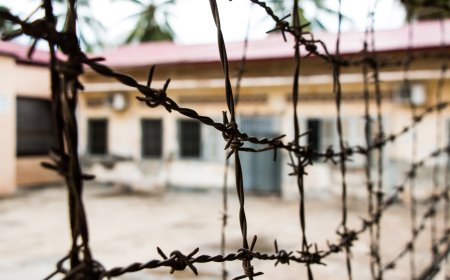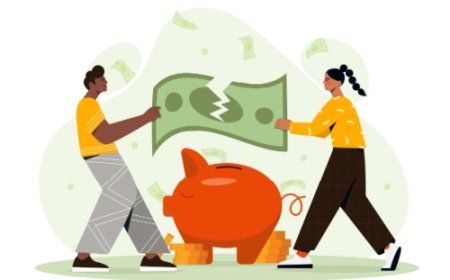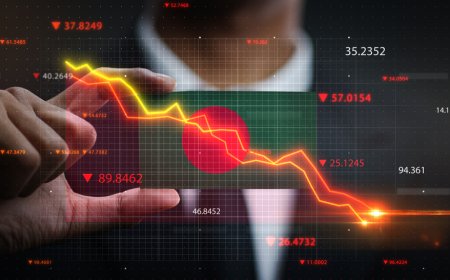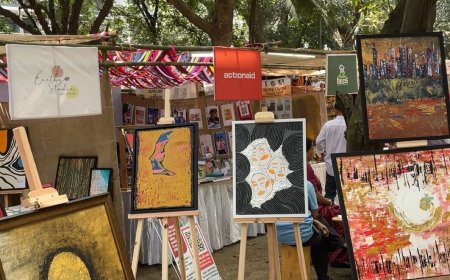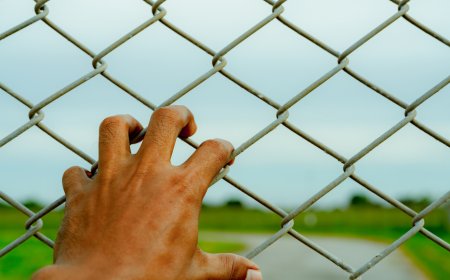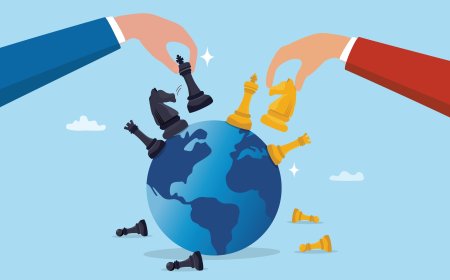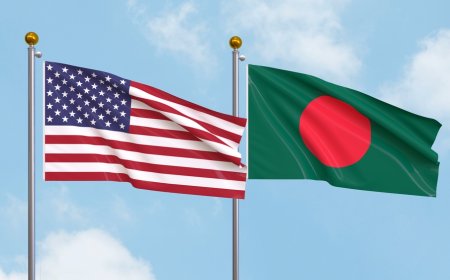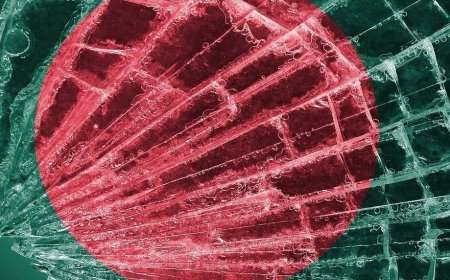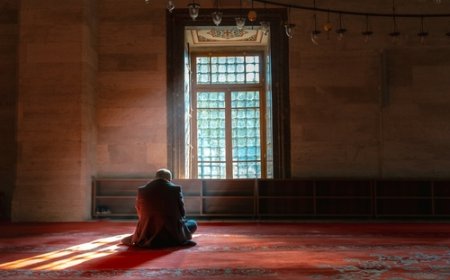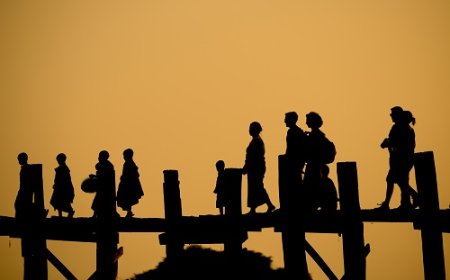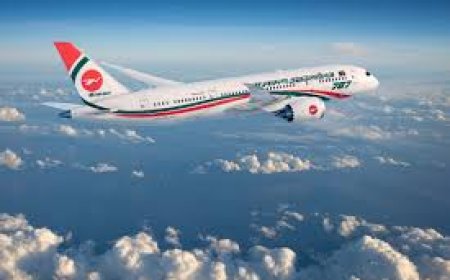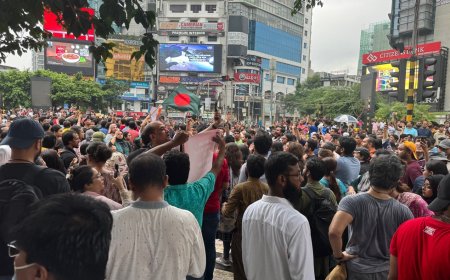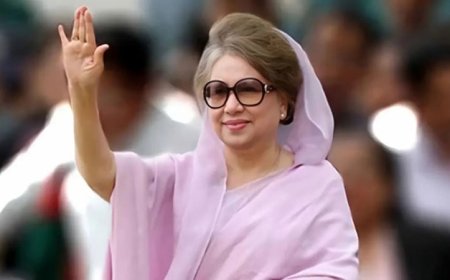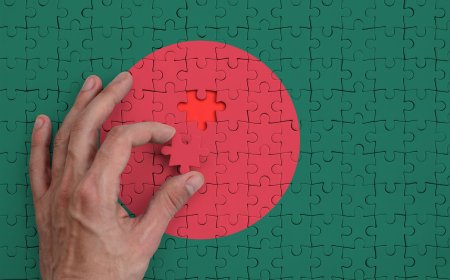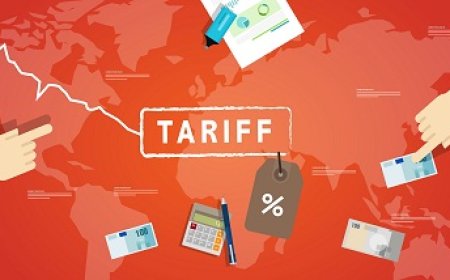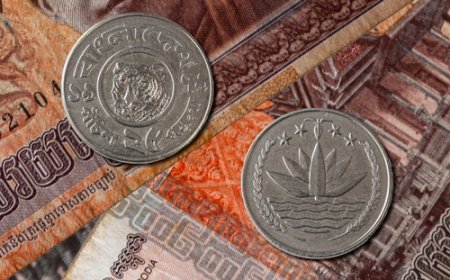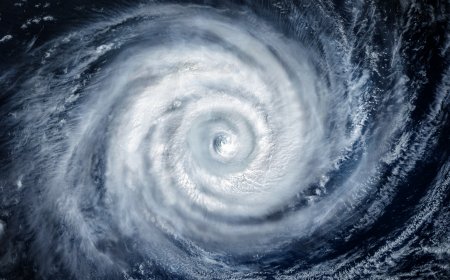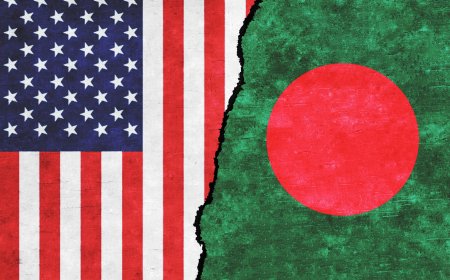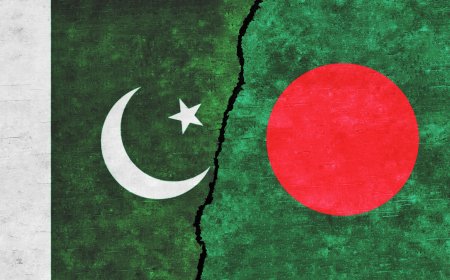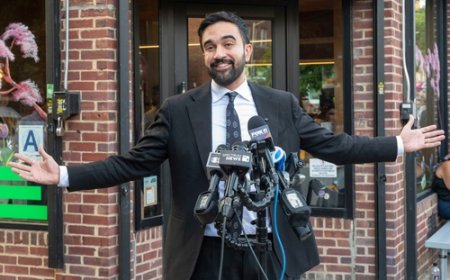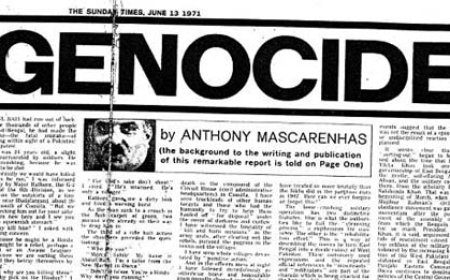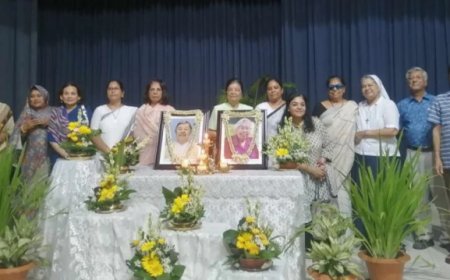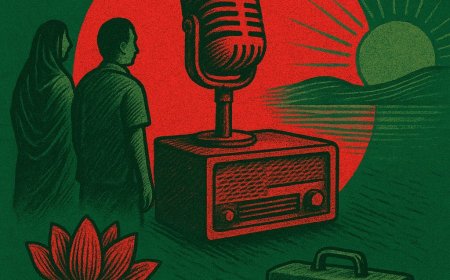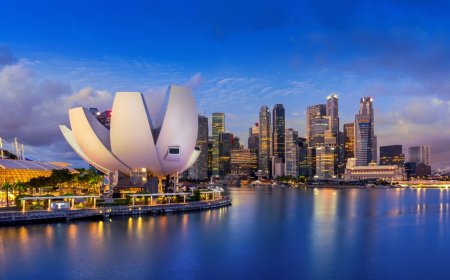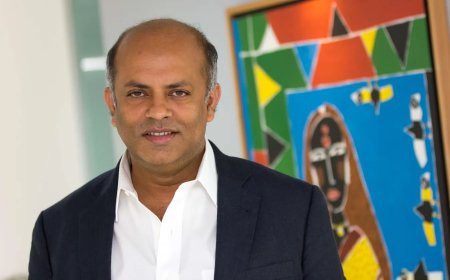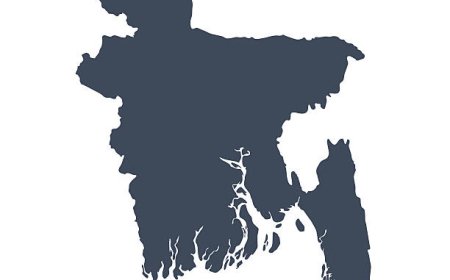Bangladesh aka Amar Shonar Bangla: The Golden Phoenix of the Indian subcontinent
How and why Bangladesh is both heir to a heritage and potential unique in the region. It is our time now
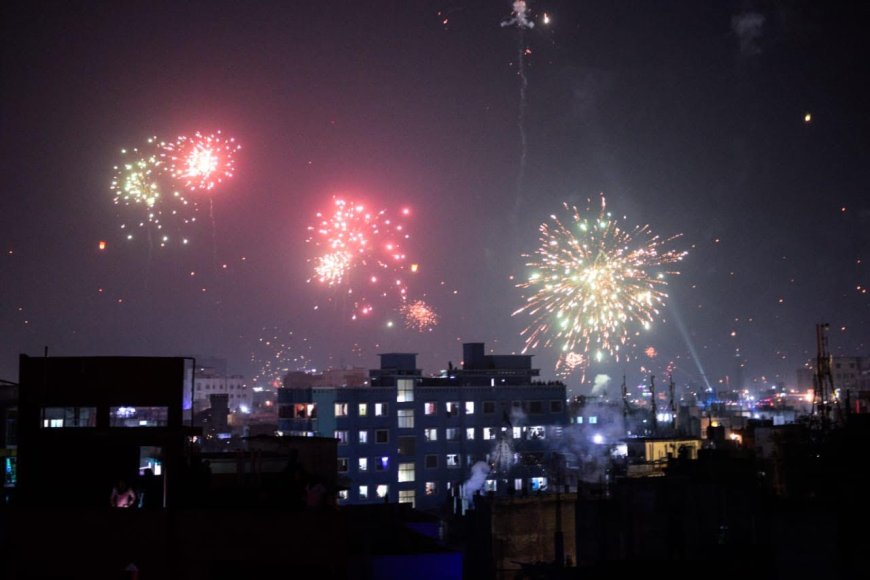
Once upon a time, before borders and flags, there was Bengal, not a country, but an economic marvel.
In the 17th and 18th centuries, Bengal was the crown jewel of the eastern world, contributing over 12% of global GDP. Its wealth wasn’t a myth -- it was visible in the silken threads of Dhaka muslin, the jewelled court of Murshidabad, and the opulent trade houses of Chittagong and Sonargaon.
European traders -- Portuguese, Dutch, French, and eventually the British -- all docked in Bengal not to teach, but to take.
Bengal’s famed “malmal” muslin, so fine it could pass through a ring, became the stuff of legend in European royal courts. Marie Antoinette reportedly wore Bengal muslin gowns, and French nobility often paid fortunes for Bengali fabric.
By the early 1700s, Murshidabad, the then-capital of Bengal Subah, had a GDP greater than London. The city minted its own currency, financed regional military alliances, and boasted palaces and gardens that stunned even the Persian and Mughal emissaries who visited.
But with prosperity came the predator. The Battle of Plassey in 1757 changed everything. A small British force, backed by internal betrayal and corporate cunning, defeated Nawab Siraj ud-Daulah, Bengal’s last independent ruler. What followed was not conquest, but corporate colonization.
The British East India Company seized Bengal’s tax apparatus and began extracting 50% of agrarian surplus, leading to a complete breakdown of food security.
Within a decade, the Great Bengal Famine of 1770 killed over 10 million people, roughly one-third of the population. The Company, unmoved, continued shipping out grain to feed troops and fill London’s granaries.
By 1800, the once self-sufficient, artisan-powered Bengal economy had been turned into a raw material appendage of the British textile mills. The Dhaka muslin industry collapsed, first from unfair taxes, then through deliberate sabotage: British agents allegedly even cut the thumbs of weavers to cripple local production.
By the time the British left in 1947, Bengal had been:
-- Split in two (West Bengal to India, East Bengal to Pakistan),
-- Stripped of its industrial base, and
-- Reduced to a famine-prone, impoverished province, remembered not for its former glory, but for its misery.
The richest province of Mughal India had become the hungriest corner of South Asia.
1947: Partition and unequal inheritance
When India and Pakistan emerged from the British carcass in 1947, it was hardly a fair split economically. India walked away with:
-- 90% of the industry
-- 80% of the transport network
-- Most of the institutional and bureaucratic apparatus
Pakistan, stitched together by two distant wings, received 17% of the former Raj’s economy, mostly agrarian, disconnected, and ill-prepared.
1971: The “Bottomless Basket” is born
In 1971, Bangladesh was born out of blood, trauma, and rebellion. Branded by Henry Kissinger as a “bottomless basket,” the newly independent country had:
-- GDP of just $6.3 billion
-- No foreign reserves
-- No central bank
-- Industrial infrastructure looted
Compare that to:
-- India’s GDP: $62 billion
-- Pakistan’s GDP: $8.5 billion
The odds were grim. Even sympathetic allies weren’t convinced the country could survive, let alone thrive.
Bangladesh flips the script
Fast forward to today, and the scoreboard tells a radically different story.
Nominal GDP (2023):
-- India: $4.2 trillion
-- Bangladesh: $510 billion
-- Pakistan: $373 billion
Here’s the twist: despite India having the Tatas, the Ambanis, and the Adanis, corporate titans who control ports, pipelines, and global supply chains, not a single Indian state individually outpaces Bangladesh’s economy.
And here’s an even bigger irony: despite the Awami League regime looting an estimated $134 billion over the past 15 years through banking scams, inflated megaprojects, and offshore siphoning, Bangladesh still manages to stay ahead of every single state in India and every province in Pakistan.
Indian states (Nominal GDP):
-- Maharashtra: $466.2 billion
-- Tamil Nadu: $329.6 billion
-- Uttar Pradesh: $308.6 billion
-- Karnataka: $302.9 billion
-- Gujarat: $301 billion
-- West Bengal: $221 billion
-- All others are even lower
Pakistani provinces:
-- Punjab: $220 billion
-- Sindh: $120 billion
-- Khyber Pakhtunkhwa (KPK): $35 billion
-- Balochistan: $12 billion
How India and Pakistan were carved
The political maps of India and Pakistan today are the result of decades of internal reshuffling, ethnic bargaining, and administrative experimentation.
India’s 28 states didn’t emerge overnight. After 1947, India inherited a jumbled quilt of former British provinces and princely states, many of which shared neither language nor culture. Over the next several decades, this patchwork was reorganized, not always smoothly through:
-- The States Reorganisation Act of 1956, which reshaped internal borders based on linguistic lines after nationwide agitation.
Demands for ethnic or regional autonomy, resulting in the creation of states like Nagaland, Mizoram, and Manipur.
-- Rising regionalism and economic disparity that fueled the birth of Uttarakhand, Jharkhand, Chhattisgarh (2000), and most recently, Telangana (2014).
-- Every redraw was a negotiated settlement or in some cases, the outcome of political blackmail or grassroots agitation. What exists today is a federation of states, often pulling in different directions, with varying histories, development levels, and linguistic identities.
Pakistan: Centralized fragility
Today, Pakistan consists of four provinces -- Punjab, Sindh, Balochistan, and Khyber Pakhtunkhwa -- alongside disputed and semi-autonomous regions like Gilgit-Baltistan and Azad Kashmir. But these borders are not the result of cultural unity, they are remnants of colonial divisions and military-enforced federalism.
Why Bangladesh stands unique
While India and Pakistan both remain federations of unequal parts, extracting wealth from their states and provinces to fund the military ambitions of the centre, much like the British once did, Bangladesh is something else entirely: cohesive, culturally singular, historically linear, and most importantly, standing with its head high in hard-won sovereignty.
Bangladesh was born in fire, through a people’s war of independence in 1971. Since then, it has not been built by billion-dollar dynasties, but by the collective sweat of its people. It thrives not because of elite protection rackets, but in spite of them.
While India builds empires for the Ambanis and Adanis, and Pakistan sinks beneath its own contradictions, Bangladesh continues to rise, powered by rural women, migrant workers, garment entrepreneurs, and a quiet, irrepressible determination to keep moving forward, even with a corrupt ruling class clinging to its back.
From “bottomless basket” to economic beacon, Bangladesh has reclaimed its place as the Golden Phoenix of the Indian subcontinent, not in the palaces of Murshidabad, but in the factories of Gazipur, the ports of Chittagong, and the calloused hands of its working class.
This is Amar Shonar Bangla, golden once again, not in myth or memory, but in metrics. No wonder why India cannot afford to lose this phoenix.
And this time, in August 2024, the people threw out the India-backed elite racket that had been plundering their gold for decades. That exclusion alone is bound to make the phoenix rise even higher.
So when Bangladeshis watch New Delhi’s Ministry of External Affairs Press Briefing today, where a visibly worried Mr. Jaiswal expresses his government’s “concern” over the temporary ban on the Awami League, they pause ... and then, without missing a beat, burst into laughter.
What's Your Reaction?







